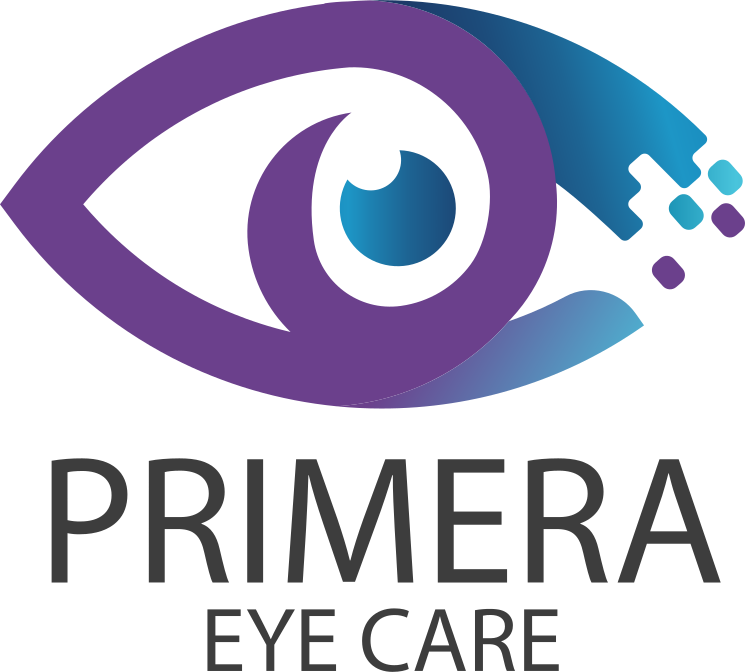
It’s important to identify vision problems in children right away. Uncorrected vision impairments can have a negative impact on a child’s academic performance, social ability, motor skills, and cognitive development. Therefore, you should take your child to the optometrist regularly to identify and correct any vision problems early.
But when should a child have their first eye exam? How often do children need eye exams after the first exam?
First Eye Exam
A child should have their first eye exam by the time they are six months old. Although the child won’t be starting school for many more years, identifying and correcting vision problems early is vital for cognitive and motor development, not just academic achievement. Being able to properly see improves your child’s ability to learn, play, and interact with their environment.
What Does the First Eye Exam Involve?
Since this is the first time your child’s eyesight is being tested, it will be a comprehensive exam. This allows the doctor to establish a baseline of their overall vision health and determine any problem areas. Their first eye exam will test for:
- Color blindness
- Eye alignment
- Visual acuity
- Eye movements
- Depth perception
- Vision problems that need correction
Does Your Child Need Their Eyes Examined?
Schedule an appointment with our team of experts.
The optometrist will check all aspects of your child’s vision. It’s important at this time to inform your optometrist of any family history of eye problems. This way they can monitor for potential problems in your child’s vision.
Second and Third Eye Exams
A child’s second eye exam should be at the age of three. Then their third eye exam should be right before your child begins first grade, usually at the age of either 5 or 6. After that, your child may be tested at school periodically, but it’s also still a good idea to take your child to the optometrist every one to two years. If your child needs vision correction, however, then they should see the optometrist once a year or more.
How Is a Child’s Eye Exam Different?
In an adult eye exam, the optometrist may be looking for age-related vision problems, such as glaucoma or cataracts. Typically this isn’t necessary for a child’s exam. Instead, the optometrist focuses more on eye functions that a child would need in an academic setting. They often use games to help test children’s vision.
How Does an Optometrist Test an Infant’s Vision?
An older child can tell an optometrist whether or not they can see a letter on an eye chart. However, an infant can’t do that. To test an infant’s vision, optometrists have special techniques they use instead. For example, they can show an infant a blank card and a patterned card. Infants’ eyes naturally look at the patterns if they can see properly. In this way, such a test can look at both the infant’s ability to see the cards and also their depth perception.
Why Are Eye Exams So Important for Children?
It’s vital for children’s development that any eye problems are caught early. Correcting vision problems early on can help to prevent those problems from getting worse. Plus, uncorrected vision problems could affect a child’s vision and brain development for life.





